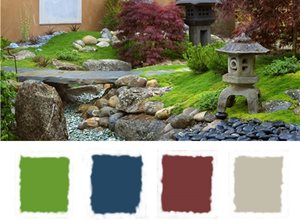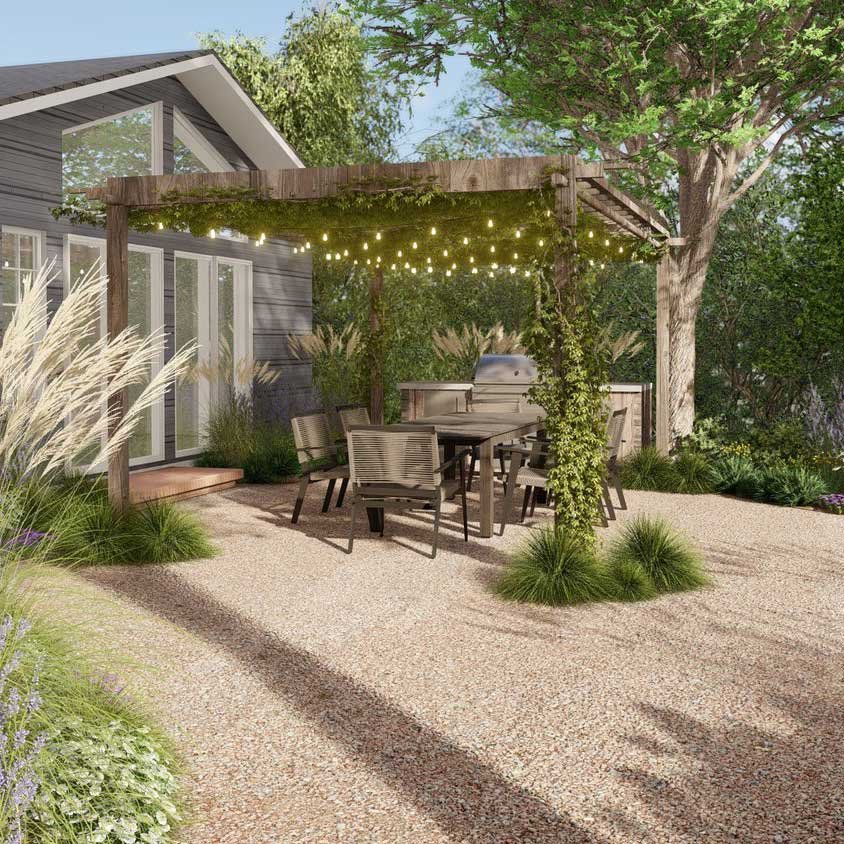Not known Factual Statements About Landscapers
Not known Factual Statements About Landscapers
Blog Article
Landscapers Can Be Fun For Anyone
Table of ContentsSome Known Details About Landscapers The smart Trick of Landscapers That Nobody is Talking AboutThe smart Trick of Landscapers That Nobody is Talking AboutSome Known Details About Landscapers An Unbiased View of LandscapersThe 9-Second Trick For Landscapers
- A garden feature where water is stood for by an aggregate stone item, normally a gravel or granite.- A rock or flagstone outdoor patio, path, or sidewalk developed without a concrete base.- A stone maintaining or totally free standing wall built without the usage of mortar. - A below ground structure that collect water and allows it to slow down percolate right into the soil around it.
Landscape layout that is compatible with a websites' atmosphere in both appearance and sustainability without negative impacts to the environment. Edging in the landscape is a line of demarcation that develops visual passion in the garden by dividing one section from an additional sector. This can be visual or useful, maintaining one component (such as pea gravel) from obtaining mixed into an additional (like bark dirt).
Areas can also have a sensation of "unit" provided by trees, other plantings, fences, or screens. The landscape near the access to a building.
What Does Landscapers Mean?

The aspect in a landscape style or location in a landscape that is implied to be most famous. The focal factor can be a plant, stone, statuary, gathering room, or other landscape feature.

A Biased View of Landscapers
Rock item, either rounded or fractured, that is reasonably little- normally 1" or less. Reduced plants that are enabled or urged to spread over an area. Can refer to any type of "hard" garden elements including statuary or boulders yet many commonly is made use of to describe courses, patio areas, and walls.: Height distinction in between the level of water in a fish pond (or the level of the pump if it rests outside the fish pond) and the upper outlet of water which influences efficiency of the water pump in gph (gallons per hour). Dense hedges or trees that develop a fence, display, or boundary.
A chemical made use of to control weeds. Fence boards that run flat, often made use of in contemporary or Japanese-inspired landscape layouts. Lines that define areas within a landscape principle. These commonly expand from edges or crucial attributes of an existing structure. Correct usage of fictional lines can help the landscape really feel connected to the home and other navigate to this website aspects.
Typical PNW landscapes are casual. A plant that spreads out more than wanted, or right into habitats where it does damages.
An Unbiased View of Landscapers
Smart irrigation controller evaluations and suggestions right here. 2-D making of the proposed irrigation system. Can consist of head positionings and protection, pipeline sizing, GPM specs, and materials required to install this system. A watering strategy is typically unnecessary for homes but prevails for industrial tasks. Certified expert who makes landscapes, schooled in engineering and architecture in addition to in horticulture.
The expert that prepares and develops landscape projects, typically at a residential or little business degree with the major layout motivation on plantings. Landscape designers commonly have much less schooling than Landscape Architects and are not licensed. A finished landscape style, describing all components for the new landscape. This normally takes the form of an illustration on paper.
Making use of lots of plantings of the exact same variety to load in an area in the landscape. This can reduce upkeep and water usage in the garden.
A mix of cement, sand, and water that is made use of in rock stonework for establishing rocks and joints. A layer of garden compost or bark dust used at the base of a plant. A mass growing of moss. A plant that was present in a geographic place before individuals started altering the landscape.
What Does Landscapers Mean?
How the yard or a garden element is prepared in connection to an existing or new attribute or to a direction. Grasses that are not trimmed however expanded in landscapes as perennials.

Plants that supply seasonal passion and then pass away back in the winter season. Cold period grass that is the most common turf grass in Portland, OR and the remainder of the PNW.An open roofed framework over an outdoor patio or other landscape function.
The most typical landscape Bonuses crushed rock in the PNW. Area of the landscape created to handle rainfall water up until it can saturate right into the ground.
Structure made from wood, concrete, paving stones, bricks or various other products for stabilizing inclines and protecting against too much erosion. Slim watercourse. sites Creating a yard function consisting mainly of stones with growings that match and can thrive in the rough atmosphere. Sprinkler head design that turns a stream of water throughout an area.
The Definitive Guide for Landscapers

Report this page